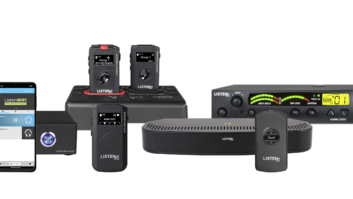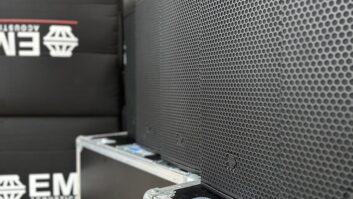 It feels unnecessary, but I’ll make the point anyway: the pandemic has shaped the last year in ways that few of us could have predicted. The seismic shift to working from home – affecting workforces across the world – has been remarkable. The numbers of staff placed on furlough, paid to stay home while industries reeled from the fallout of the virus, would have been unthinkable even 18 short months ago. And although Spring 2021 (at last) brings reasons to be cheerful, we all have colleagues, friends and associates whose working and personal lives have been impacted to a greater extent than others. Covid-19 has not affected us all equally, despite its global reach.
It feels unnecessary, but I’ll make the point anyway: the pandemic has shaped the last year in ways that few of us could have predicted. The seismic shift to working from home – affecting workforces across the world – has been remarkable. The numbers of staff placed on furlough, paid to stay home while industries reeled from the fallout of the virus, would have been unthinkable even 18 short months ago. And although Spring 2021 (at last) brings reasons to be cheerful, we all have colleagues, friends and associates whose working and personal lives have been impacted to a greater extent than others. Covid-19 has not affected us all equally, despite its global reach.
But affect us all it has. We’ve had to cope with changes in what customers need, how their requirements are met and what their expectations are likely to be in a post-pandemic world (if, let’s hope, such a thing exists). For those of us in the audio industry, we’ve had to deal with certain aspects of our business – the live touring and events markets – all but shutting down, while corporate audio customers have required us to be nimble in adapting to their demands.
Zooming realities
It’s hard to imagine life pre-Zoom meeting now. But there was a time when our calendar reminders flashed them up only occasionally. In 2021 it’s mandatory for businesses to have a strategy for remote meetings, serving both co-workers and socially-distanced clients. As such the “end points” of the audio technology required – the microphones and headphones–- have assumed new-found importance. Countless screen-bound workers have faced the unpleasant reality of trying to stay engaged with meetings dominated by the echo-y sound of makeshift kitchen table office space; laptop microphones at a distance do not make for listenable audio. And who can bear to wear the average earbud for more than a fraction of a Spotify playlist?
So, suddenly, there are cohorts of employees for whom audio has become a paramount consideration. We’re seeing devices designed to work with laptops and PCs – USB microphones and gaming headsets – being pressed into service in situations for which they weren’t primarily designed. But with great audio and comfort, they’re the perfect solution for WFH-ers. Entry-level recording microphones beloved by podcasters are finding a home in the new home office, finally liberating listeners from the horrors of built-in laptop audio.
Sound investment
If the pursuit of good audio and the investment being made to deliver it sounds like a luxury, I’m not sure it is. Without realising it, we have become accustomed to quality sound in every aspect of our lives. From the car to the cinema, the living room to the events arena, we’re surrounded by systems that have been engineered to keep us entertained and informed with balanced, clear audio. Why should we expect less in our working environment – arguably the situation in which we need to be able to understand and communicate clearly with others than anywhere else?
If sound quality is one key aspect of customer requirements today, then usability is of equal significance. Where remote working (with its attendant lack of pro-level sound engineer or even on-site IT support) is concerned, products have to be easy to operate. Even in situations where colleagues are in offices, social distancing has lead to increased interest in the remote control of discussion systems and the like, minimising the need for AV staff to be in close attendance in meetings or huddle rooms.
Expected simplicity
It’s true to say that the market has always wanted user interfaces to be as simple as possible, but now it’s expected. Despite the level of integration and power of AV systems available to customers, the interaction with the solution has to be as unchallenging and intuitive as possible. Of course users are, at minimum, likely to be familiar with smartphones (perhaps even microwave oven programming), these days, so possess some level of affinity with technology . But operability has to drive the design process. If users are habituated to working their (relatively) affordable pocket communications/computer/social-media/fitness device with a swipe and a pinch, they expect similar simplicity from the tightly integrated systems their employer has invested in.
Talking about integration in a world where so much of what we took for normal has disintegrated (let’s hope temporarily) in the last 12 months might seem contradictory. But it really isn’t. Industry needs to hold its scattered workforces together, integrating individual members into as cohesive a body as possible. Socially distanced meetings taking place around large-scale buildings require integrated solutions. The AV industry is in the business of enabling and empowering communication; rarely has that been more important.







